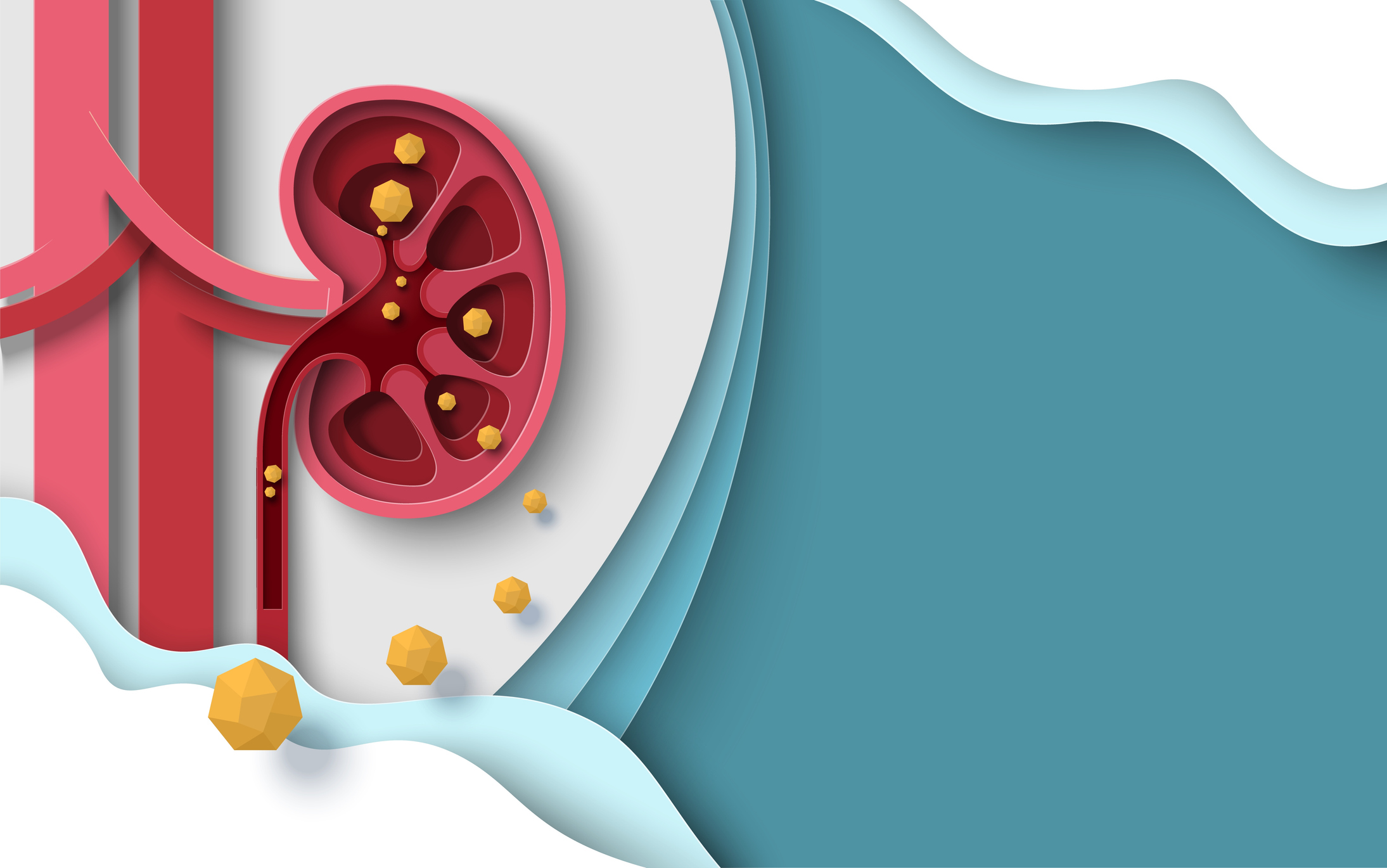In talking with patients over the years who had kidney stones, one thing is clear, acute kidney stone flare-ups are painful!
According to the National Institutes of Health, approximately 11 percent of men and 6 percent of women have kidney stones at least once in their lifetime. If you have had kidney stones or have a family history of kidney stones, you are more likely to suffer from this problem.
Prevention with Potassium
Calcium oxalate (Ca-Ox) is the most common type of kidney stone. In addition, elevated urinary calcium (hypercalciuria) is a common finding with abnormal urine testing.
An interesting study was published in the journal of International Urology and Nephrology, which compared the effectiveness of potassium citrate (K-CIT) and the thiazide diuretic hydrochlorothiazide (HCTZ) in reducing hypercalciuria and kidney stone formation.
The study included 80 people between the ages of 18 and 75 who had a history of Ca-Ox kidney stones that were currently stone-free and had hypercalciuria. Participants were randomized to receive either HCTZ 50 mg per day (40 people) or K-Cit 40 mEq per day (4320 mg of potassium) (40 people). The participants were evaluated one week after initiating therapy with serum creatinine, sodium, and potassium levels. Participants were advised to increase water consumption so that urine volume was maintained at 2000 ml per day, reduce dietary sodium and animal protein, and increase dietary calcium (10000 mg per day). At three months of treatment, all participants had blood creatinine, sodium, potassium, uric acid, urine pH, and urinary levels of pH, calcium, oxalate, citrate, and uric acid. The total treatment time was six months, and then participants were followed for 12 months. In addition, participants were given renal ultrasounds and x-rays of the kidneys, ureters, and bladder.
Results
Researchers found that K-Cit was equally effective as HCTZ in reducing hypercalciuria and was well tolerated. Moreover, both treatment groups were successful in preventing urinary stone recurrence. After 12 months, the HCTZ group had two patients with stones, while the K-Cit group had one person detected with a kidney stone. The authors noted research demonstrating that K-Cit inhibits Ca-Ox stone formation. The mechanisms may include binding calcium in the digestive tract, higher blood pH (which prevents calcium resorption from bones), and increased calcium reabsorption in the distal convoluted tubules of the kidneys.
Check with your doctor first before using potassium supplementation for the prevention of kidney stones, especially if you have kidney disease, diabetes, or use medications that affect blood potassium levels.
Dr. Mark Stengler NMD, MS, is a bestselling author in private practice in Encinitas, California, at the Stengler Center for Integrative Medicine. His newsletter, Dr. Stengler’s Health Breakthroughs, is available at www.americasnaturaldoctor.com His clinic website is www.markstengler.com
Reference
Solak, V., Gökce, M. İ., & Yaman, Ö. (2021). Potassium citrate vs. hydrochlorothiazide to reduce urinary calcium excretion in calcium oxalate stone patients with hypercalciuria: a prospective randomized study. International Urology and Nephrology, 53(9), 1791–1796. https://doi-org.uws.idm.oclc.org/10.1007/s11255-021-02879-7.

